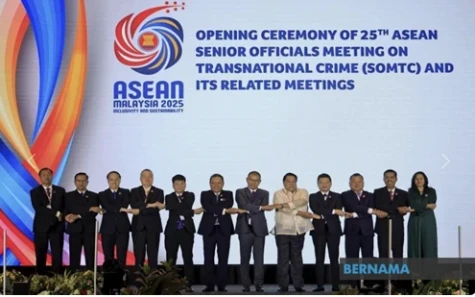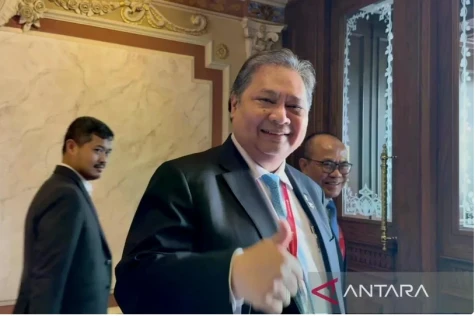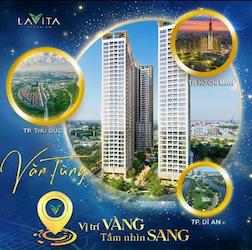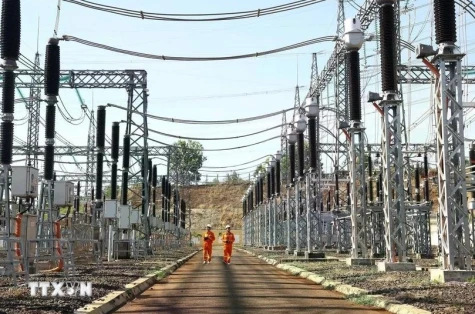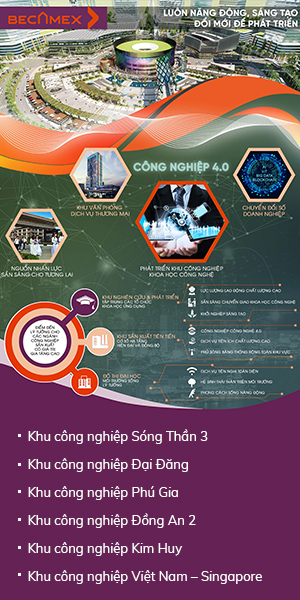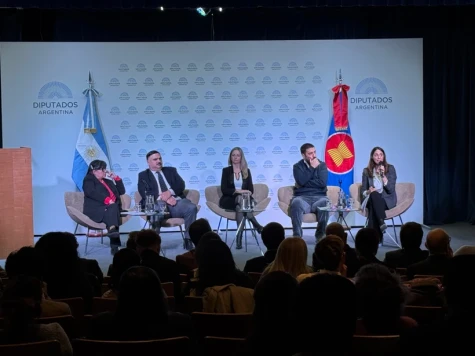The 2014 Nobel Prize for physics has been awarded to a trio of scientists in Japan and the US for the invention of blue light emitting diodes (LEDs).

Professors Isamu Akasaki, Hiroshi Amano and Shuji Nakamura made the first blue LEDs in the early 1990s.
This enabled a new generation of bright, energy-efficient white lamps, as well as colour LED screens.
The winners will share prize money of eight million kronor (£0.7m).
They were named at a press conference in Sweden, and join a prestigious list of 196 other Physics laureates recognised since 1901.
Prof Nakamura, who was woken up in Japan to receive the news, told the press conference, "It's unbelievable."
Making the announcement, the Nobel jury emphasised the usefulness of the invention, adding that the Nobel Prizes were established to recognise developments that delivered "the greatest benefit to mankind".
"These uses are what would make Alfred Nobel very happy," said Prof Olle Inganas, a member of the prize committee from Linkoping University.
The committee chair, Prof Per Delsing, from Chalmers University of Technology in Gothenburg, emphasised the winners' dedication.
"What's fascinating is that a lot of big companies really tried to do this and they failed," he said. "But these guys persisted and they tried and tried again - and eventually they actually succeeded."
Although red and green LEDs had been around for many years, blue LEDs were a long-standing challenge for scientists in both academia and industry.
Without them, the three colours could not be mixed to produce the white light we now see in LED-based computer and TV screens. Furthermore, the high-energy blue light could be used to excite phosphorus and directly produce white light - the basis of the next generation of light bulb.
Today, blue LEDs are found in people's pockets around the world, inside the lights and screens of smartphones.
White LED lamps, meanwhile, deliver light to many offices and households. They use much less energy than both incandescent and fluorescent lamps.
That improvement arises because LEDs convert electricity directly into photons of light, instead of the wasteful mixture of heat and light generated inside traditional, incandescent bulbs. Those bulbs use current to heat a wire filament until it glows, while the gas discharge inside fluorescent lamps also produces both heat and light.
Inside an LED, current is applied to a sandwich of semiconductor materials, which emit a particular wavelength of light depending on the chemical make-up of those materials.
Gallium nitride was the key ingredient used by the Nobel laureates in their ground-breaking blue LEDs. Growing big enough crystals of this compound was the stumbling block that stopped many other researchers - but Profs Akasaki and Amano, working at Nagoya University in Japan, managed to grow them in 1986 on a specially-designed scaffold made partly from sapphire.
Four years later Prof Nakamura made a similar breakthrough, while he was working at the chemical company Nichia. Instead of a special substrate, he used a clever manipulation of temperature to boost the growth of the all-important crystals.
BBC








